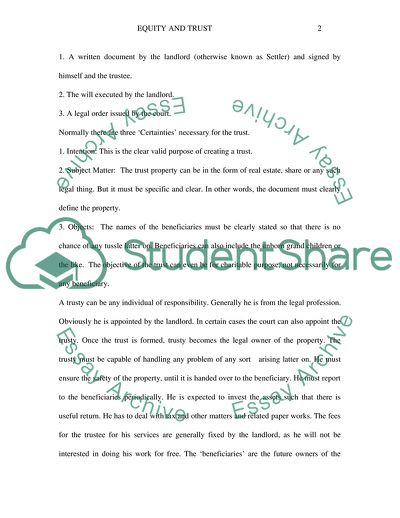Cite this document
(Equity and Trust Essay Example | Topics and Well Written Essays - 2750 words - 1, n.d.)
Equity and Trust Essay Example | Topics and Well Written Essays - 2750 words - 1. https://studentshare.org/law/1732318-equity-and-trust
Equity and Trust Essay Example | Topics and Well Written Essays - 2750 words - 1. https://studentshare.org/law/1732318-equity-and-trust
(Equity and Trust Essay Example | Topics and Well Written Essays - 2750 Words - 1)
Equity and Trust Essay Example | Topics and Well Written Essays - 2750 Words - 1. https://studentshare.org/law/1732318-equity-and-trust.
Equity and Trust Essay Example | Topics and Well Written Essays - 2750 Words - 1. https://studentshare.org/law/1732318-equity-and-trust.
“Equity and Trust Essay Example | Topics and Well Written Essays - 2750 Words - 1”. https://studentshare.org/law/1732318-equity-and-trust.


